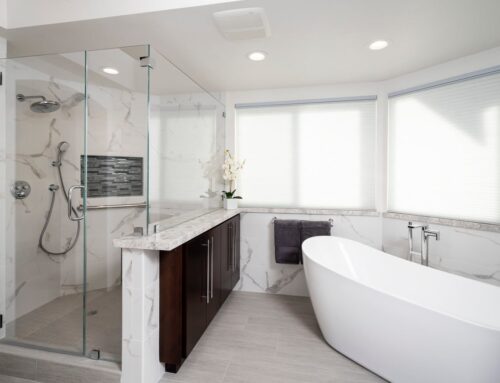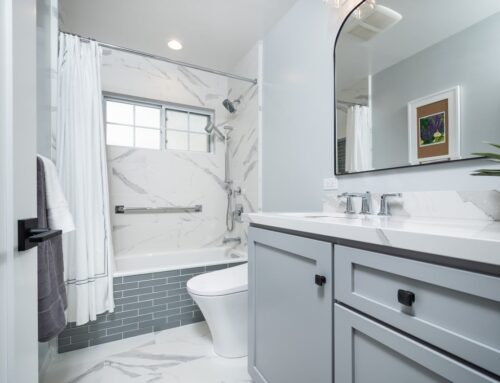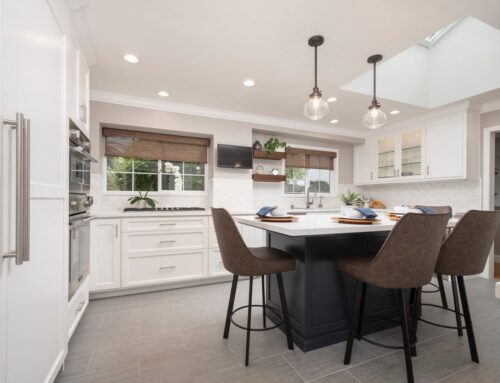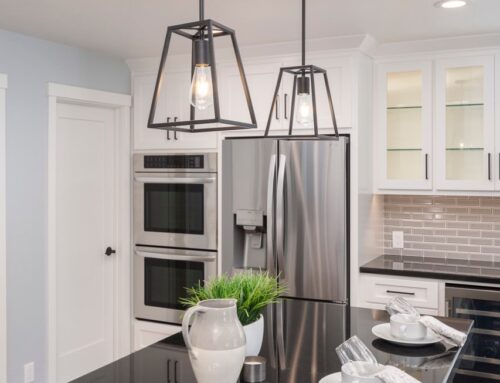As regular readers of this column know, I design baths and kitchens for a living. By now, although it’s hard to come up with an exact figure, the number of baths and kitchens I’ve worked on is well into the triple digits. Over the years, the state of California has tightened up requirements on what is deemed acceptable for residential construction, particularly in the areas of water and electricity usage. This directly impacts the fixtures that can be used in remodeling. In this column, I’d like to offer you some rules to follow when planning your own bath remodel. (A similar column for kitchen guidelines will come at a later date.)
clomid

First, understand that most bath remodels do require city building permits. The only time you might not need a permit is if you’re replacing your toilet or sink (as long as you’re not changing the location of those items.)
lisinopril generic online
Each city is a little different, but all cities must abide by state building codes. According to the Fremont Building Department, “A permit is required for bathroom remodels that include the replacement of the tub/shower enclosure, relocation of plumbing fixtures or cabinets, or if additional plumbing fixtures will be installed. A permit is not required for replacement of plumbing fixtures (sink or toilet) in the same location. Plans shall be required if walls are removed, added, altered, and/or if any fixtures are removed, added or relocated.”
modafinil online

When selecting plumbing fixtures, keep these rules in mind. In your shower, the shower head must have a water flow of less than two gallons per minute (gpm). You are allowed to have two shower heads (such as a main shower head and a separate hand-held shower) but if you want to be able to have them both on at the same time, the total water flow rate for both shower heads cannot exceed this same two gpm requirement. Since it is difficult to find showerheads with a flow rate of less than 1 gpm, in reality, what this means is that the plumbing needs to be designed so you can use your main shower head OR your hand shower, but not both at the same time.
prednisone over the counter
Speaking of showers, the minimum size for your shower pan is 30” x 30” inside the curb. Many baths are very tiny, but the shower pan must meet this size requirement to meet code.

Sink faucets must have a flow rate of 1.5 gpm or less, and toilets must have a gallons-per-flush rate of 1.28 or less. The minimum space required around a toilet is 30”. Starting at the center of the toilet, there must be 15” on each side of it, and 24” of clear space in front of it. More is better, but this is the minimum requirement.
get xanax
All lighting fixtures must be considered “high efficacy” lighting, which translates to LED or fluorescent. Unfortunately, using screw-in LED light bulbs in a regular incandescent fixture will not pass code, but you can use a vacancy sensor switch in this case. This is a special light switch that you turn on manually, but that turns itself off if you forget to, 30 minutes after you leave the bathroom.

There are other code requirements to know about, but these are the ones I get asked about most commonly. The full set of building codes is available at the city planning department and online, which will help you plan for a successful project.




